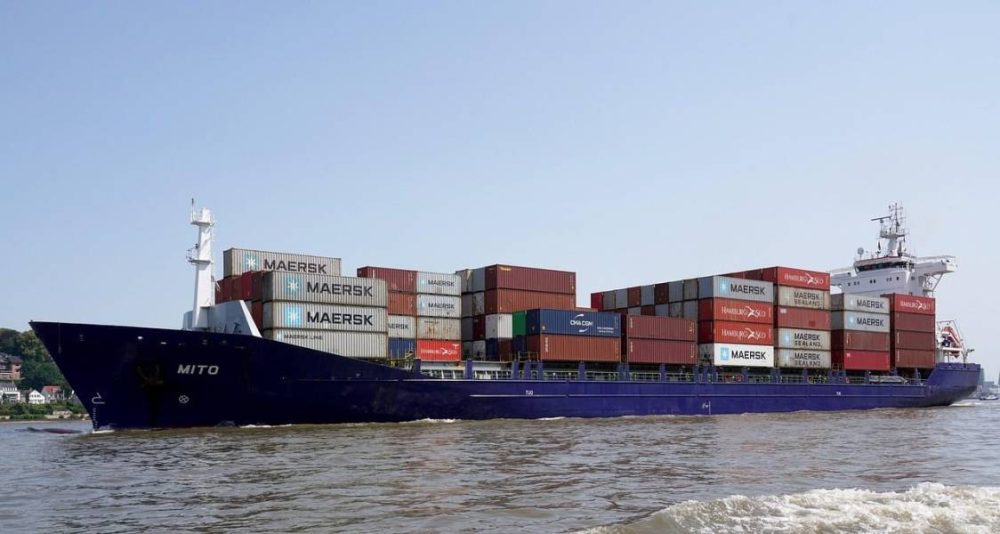Gaining complete visibility across every touchpoint in the supply chain is no longer a competitive advantage—it is a fundamental requirement. Many organizations struggle with fragmented systems, delayed information flow, and inconsistent data, which often leads to inefficiencies, unfulfilled orders, and customer dissatisfaction. Improving transparency and oversight across operations is critical to staying responsive, efficient, and informed. This is where supply chain software plays a transformative role. It provides real-time access to data, streamlines processes, and connects the dots between procurement, production, distribution, and fulfillment.
Let us explore how this technology enhances visibility and drives smarter decision-making across your entire operation.

Real-time data access ensures faster decision-making
One of the greatest strengths of modern supply chain software is the ability to access real-time data. This capability allows stakeholders to track inventory levels, supplier performance, shipment status, and demand forecasts without delay. Rather than relying on outdated reports or siloed systems, users can monitor current data streams from a centralized dashboard.
With faster access to real-time updates, businesses are empowered to make proactive decisions. For instance, identifying a potential delay in delivery enables teams to adjust schedules or reroute shipments instantly—reducing downtime and improving customer satisfaction.
Centralized platforms connect departments and reduce silos
Many supply chains involve multiple departments, including procurement, logistics, warehousing, and sales. If these functions operate in isolation, information gaps develop, slowing down workflows and decision-making. A centralized supply chain management software platform eliminates this issue by unifying data from all relevant sources.
By giving every team access to the same system, the software ensures that all parties are working from the same set of information. It also promotes greater collaboration, minimizes miscommunication, and enables more cohesive planning across departments.
Enhanced tracking and monitoring reduce operational risks
Tracking materials, orders, and shipments in real time helps mitigate several common risks in supply chain operations. With digital monitoring tools embedded within the software, companies can flag inconsistencies, track performance metrics, and identify any disruptions before they escalate.
For example, automated alerts can notify warehouse teams when stock levels drop below the threshold. Similarly, managers can track supplier lead times to avoid production delays. These capabilities help businesses stay ahead of issues and maintain continuous operations.
Better forecasting leads to more efficient planning
Accurate forecasting relies heavily on historical and real-time data. By using predictive analytics features built into supply chain platforms, organizations can analyze trends, seasonal demand shifts, and supplier patterns. This information supports more precise planning for procurement, production, and staffing.
With reliable forecasts, businesses can optimize inventory levels, reduce excess stock, and meet demand more consistently. The software’s analytics not only improve visibility but also strengthen strategic planning efforts.
Final thoughts
Improving visibility across supply chain operations requires more than manual tracking or occasional data checks. It demands a unified system that delivers transparency, coordination, and real-time insights. By implementing robust supply chain software, businesses gain the clarity needed to reduce risks, streamline workflows, and respond confidently to change. Whether managing local distribution or global logistics, visibility is the foundation for operational success, and software is the tool that brings it to life.

Peyman Khosravani is a global blockchain and digital transformation expert with a passion for marketing, futuristic ideas, analytics insights, startup businesses, and effective communications. He has extensive experience in blockchain and DeFi projects and is committed to using technology to bring justice and fairness to society and promote freedom. Peyman has worked with international organizations to improve digital transformation strategies and data-gathering strategies that help identify customer touchpoints and sources of data that tell the story of what is happening. With his expertise in blockchain, digital transformation, marketing, analytics insights, startup businesses, and effective communications, Peyman is dedicated to helping businesses succeed in the digital age. He believes that technology can be used as a tool for positive change in the world.









